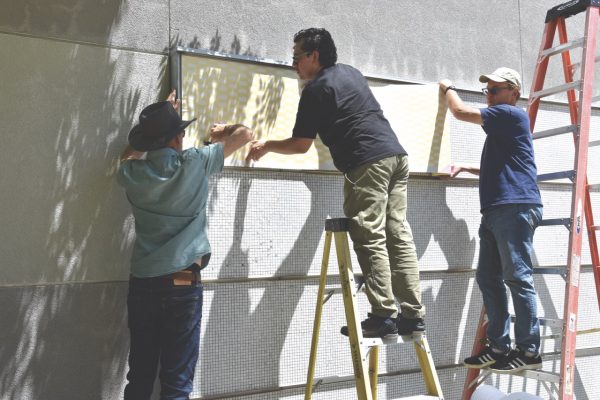Smoking should fade away
A walk around the Los Medanos College campus will tend to reveal an on-going problem between tobacco smokers, ex-smokers and non-smokers. The stance is clear that LMC is a non-smoking campus except for a few designated areas in parking lots.
It is not a new battle nor is it confined to the United States. In 1923 Doctor Sigmund Freud who advanced the conversation of psychology and psychiatry experienced a painful growth in his mouth from smoking cigars to the tune of about twenty a day. He puffed away to the point his entire jaw had to be removed bit by bit. Beyond this he experienced heart conditions, while smoking and although he coined the phrase oral fixation he did not get over his. Although he was aware and pioneered the notion of defense mechanisms, which perpetuate self-defeating behaviors he did not ever kick the habit. A full twenty six years before the 1964 U.S. Surgeon General Luther Terry first issued a warning about smoking there was knowledge of its painful complications.
In 1963 Brown and Williamson’s Addison Yeaman acknowledged in a memo nicotine was addictive therefore they were in the business of selling nicotine. Yeaman’s remarks were kept for internal company use only beyond 1994 when seven tobacco executives testified during the Waxman Congressional hearings that tobacco was not addictive. It is not until 1998 they reverse their stance before Congress after one law suit after the other including one involving second-hand smoke.
Now California has passed a law banning smoking in a car when children are present. Walking into or out of the college can expose non-smokers to the carcinogen laced fumes and noxious fume and scent completely destroying at times any notion of fresh air. On the ground there is frequent littering of cigarette butt, which are not only unsightly garbage but pose environmental risk as well. The remaining toxins in the tar according to an experiment conducted in 1953 by Doctor Ernst L. Wynders found placing cigarette tar on the back of mice caused tumors. Although butts are smaller than whole cigarettes and people are not mice making poisonous toxins bite size do not destroy their threat.
For smokers the need or extreme desire to smoke between classes is at odds with state regulations. It is easy to imagine there are withdrawal pains and frustration of having to weigh between coming back from a break on time or getting to the parking lot to take a smoke break. For non-smokers there is a reintroduction to the smell when their classmates return from their latest bout of puffing that is horribly distracting for some students.
In addition to second-hand smoke there is evidence of something called third- hand smoke, which are the particulates and ash of cigarettes that build up over time. The health risks of third-hand smoke are not fully known.
The believed in need to smoke accumulates and grows over time as well. From the physical effects of nicotine to the impaired ability to handle stress. All experts seem to agree that quitting smoking now will have multiple health benefits for an individual no matter how long they smoked. Smokers and non-smokers alike should resent companies that not only willfully lied about the effect of nicotine and harm they did, but also increased their dosage. Today the costs of an unjust industry are being born by smokers in the form of increased fees and taxes on every pack and carton. Smoking should simply be abandoned by everyone. Until that happens smokers and non-smokers should do their best to co-exist. Secondhand smoke is a grave health risk and although smokers as part of the LMC community they should be considerate enough to obey the posted regulations.






